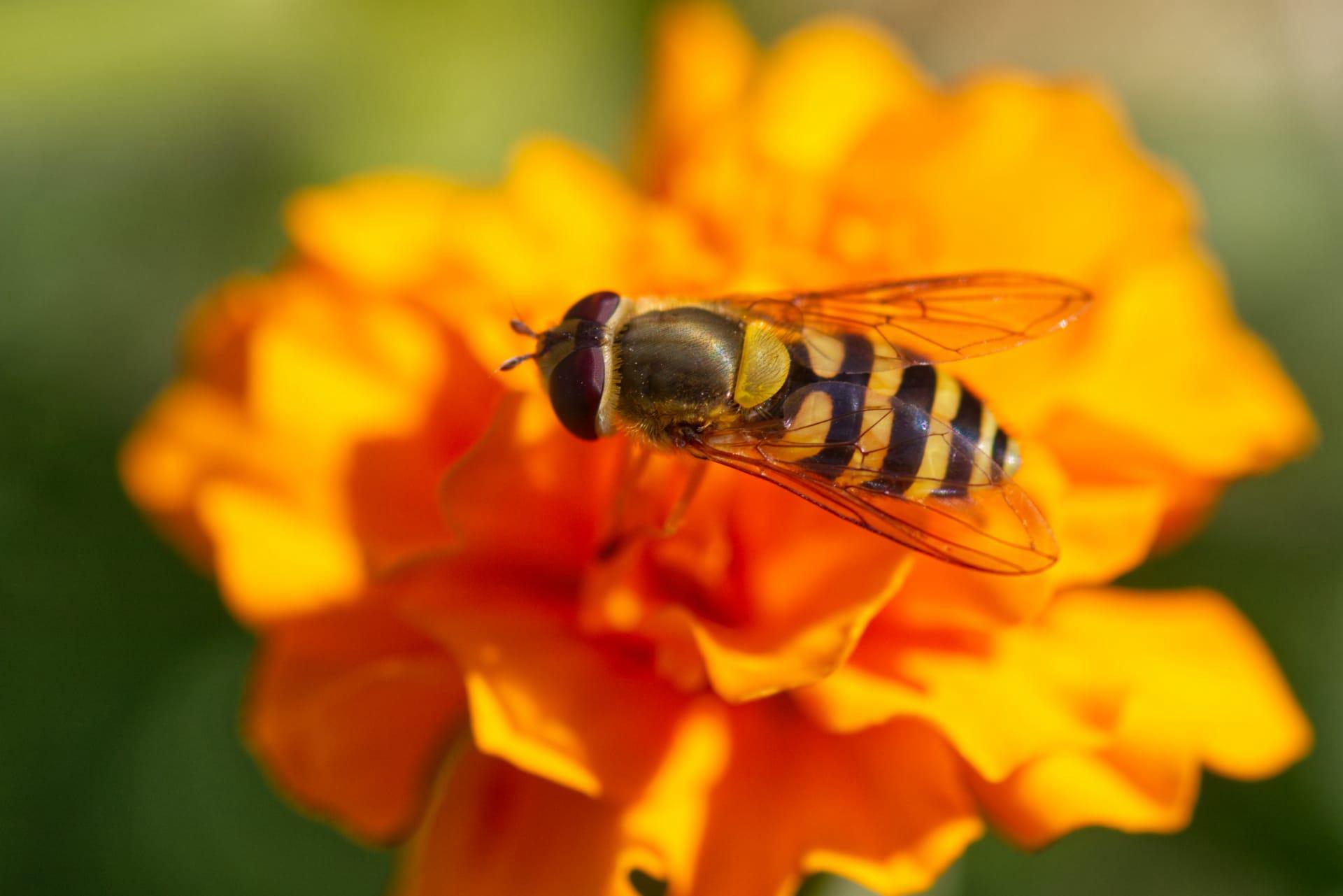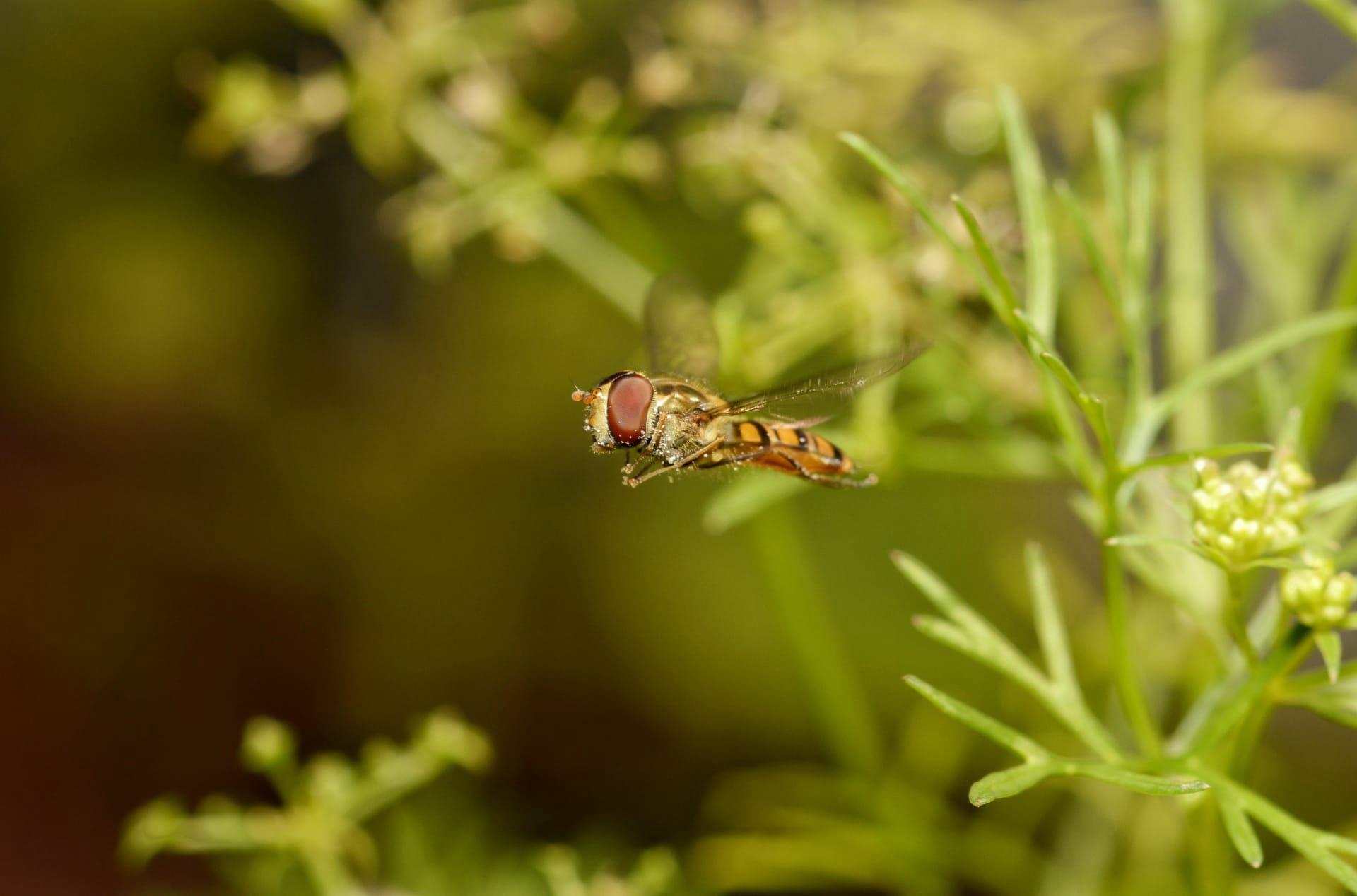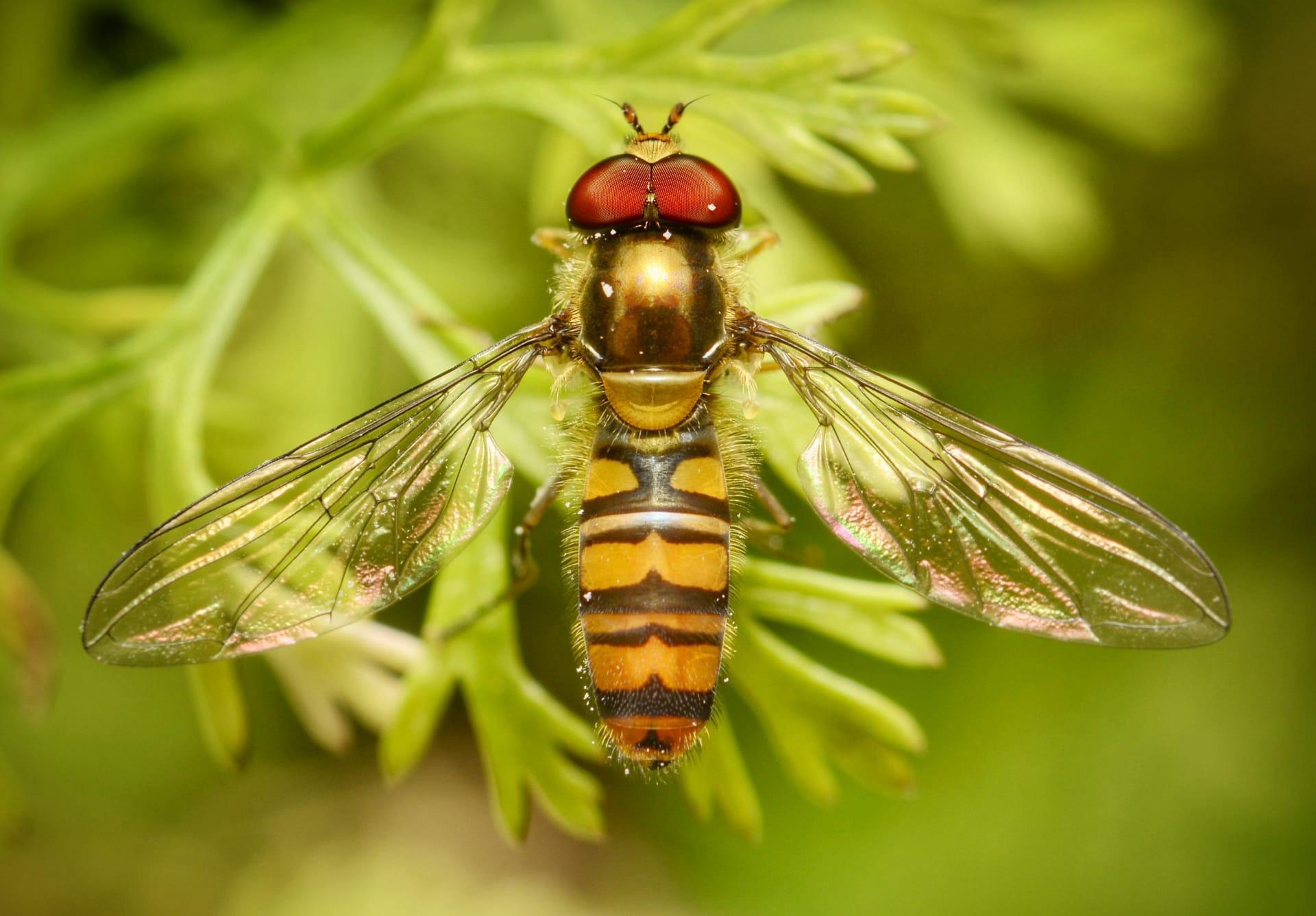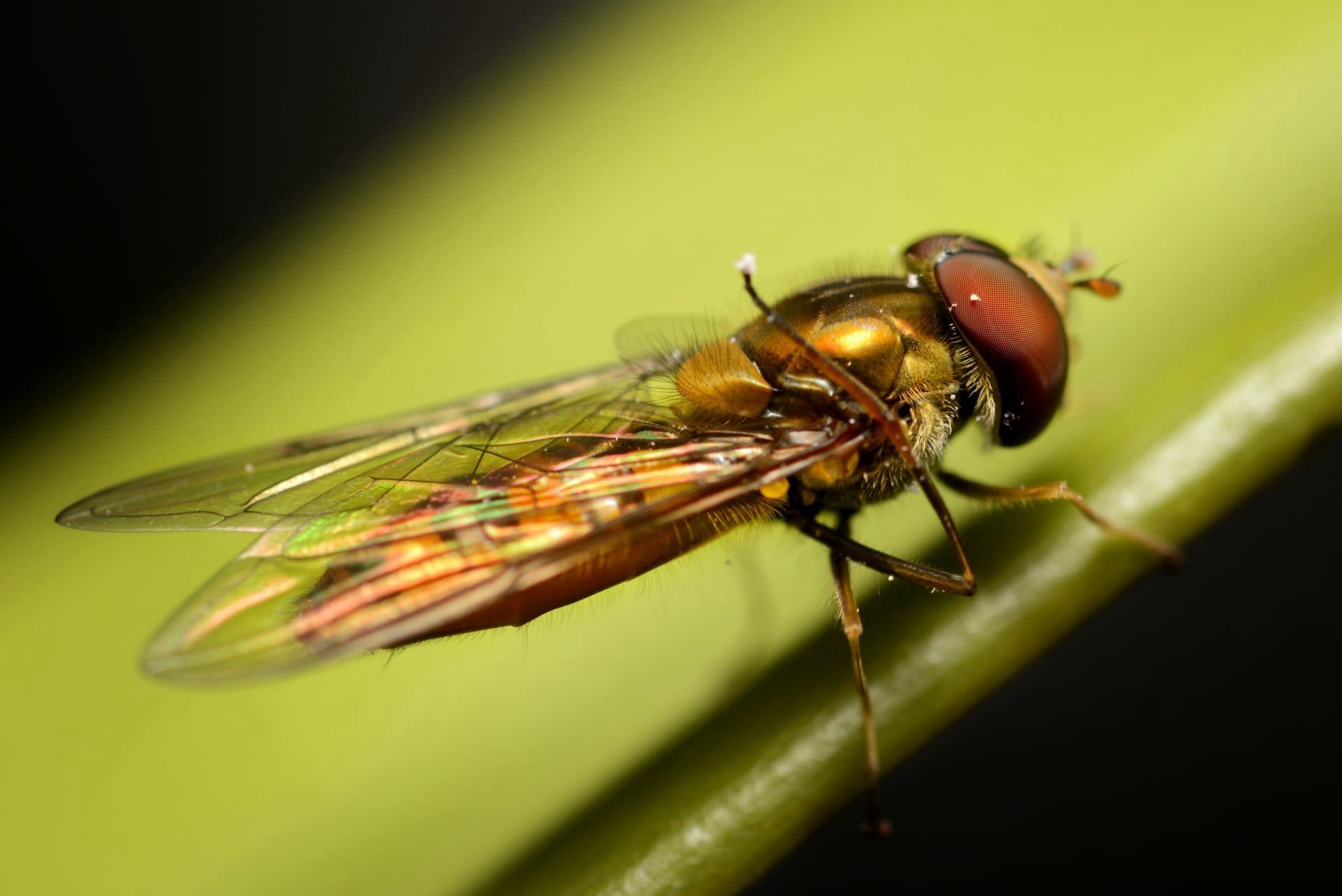Hoverfly Trivia
- Home /
- Trivia Question /
- Animal /
- Hoverfly Trivia
1
Question: How do hoverflies achieve their unique hovering ability?
Answer: Hoverflies, scientifically known as Syrphidae, exhibit a remarkable hovering ability due to their rapid wing beats, which can reach up to 300 beats per second. This rapid flapping generates lift, allowing them to maintain a stationary position in the air. Their wings also have a specific angle and flexibility that contribute to their stability while hovering.
Question: What is the lifespan of a hoverfly?
Answer: The lifespan of hoverflies can vary depending on the species and environmental conditions. Generally, adult hoverflies live for about a few weeks to a couple of months. Their lifecycle from egg to adult typically takes about 3-4 weeks, with the larval stage lasting around 10-14 days, followed by a pupal stage of approximately 10 days.

2
Question: Do hoverflies sting or bite?
Answer: A common misconception about hoverflies is that they sting or bite. In reality, hoverflies are completely harmless to humans. They mimic the appearance of wasps or bees as a defense mechanism against predators but lack the ability to sting or bite.
Question: Are hoverflies important for pollination?
Answer: Yes, hoverflies play a crucial role in pollination. They are considered to be the second most important group of pollinators after bees. They visit a variety of flowers to feed on nectar and pollen, inadvertently transferring pollen from one flower to another, thus aiding in plant reproduction.

3
Question: What do hoverfly larvae feed on?
Answer: Hoverfly larvae have diverse diets depending on the species. Many hoverfly larvae are predatory, feeding on aphids and other small insects, which makes them beneficial for pest control in gardens and agricultural fields. Other species' larvae may feed on decaying plant and animal matter or nectar.
Question: Can hoverflies see in color?
Answer: Hoverflies have excellent vision and can see a range of colors. Their compound eyes contain thousands of tiny lenses, enabling them to detect a wide spectrum of light, including ultraviolet light. This ability helps them in finding flowers and mates, and in navigating their environment.

4
Question: How do hoverflies contribute to the ecosystem?
Answer: Hoverflies are vital for ecosystems due to their roles in pollination and as natural pest controllers. Their larvae often feed on harmful insects like aphids, reducing the need for chemical pesticides. Additionally, as pollinators, they contribute significantly to the health of various plant species and agricultural crops.
Question: How do hoverflies mate?
Answer: Hoverflies mate in the air. The male hoverfly identifies and pursues a female, often engaging in aerial acrobatics. Once he catches her, they will mate while flying or temporarily resting on a surface. The female then lays eggs on suitable substrates, such as plants or decomposing matter, depending on the species.

5
Question: What are the distinctive features of hoverflies?
Answer: Hoverflies are characterized by their bright colors, often yellow and black, mimicking bees or wasps. They have a distinctive flight pattern, capable of hovering, darting, and even flying backwards. Their bodies are typically more slender than bees or wasps, and they have large, prominent compound eyes.
Question: How do hoverflies navigate and find food?
Answer: Hoverflies use their keen vision to navigate and locate food. They are attracted to brightly colored flowers and can detect floral scents and ultraviolet patterns on flowers that are invisible to humans. This sensory combination guides them to food sources, primarily nectar and pollen.